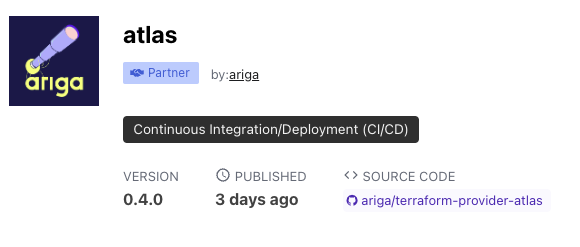Announcing v0.19: Pre-migration Checks, Schema Docs, MSSQL Triggers, and more
Hi everyone,
We are excited to share our latest release with you! Here's what's new:
- Pre-migration Checks: Before migrating your schema, you can now add SQL checks that will be verified to help avoid risky migrations.
- Schema Docs: Atlas lets you manage your database schema as code. One of the things we love most about code, is that because of its formal structure, it's possible to automatically generate documentation from it. With this release, we're introducing a new feature that lets you generate code-grade documentation for your database schema.
- SQL Server Trigger Support: Atlas now supports managing triggers in SQL Server.
- ClickHouse Materialized View Support: Atlas now supports managing materialized views in ClickHouse.
Let's dive in.
